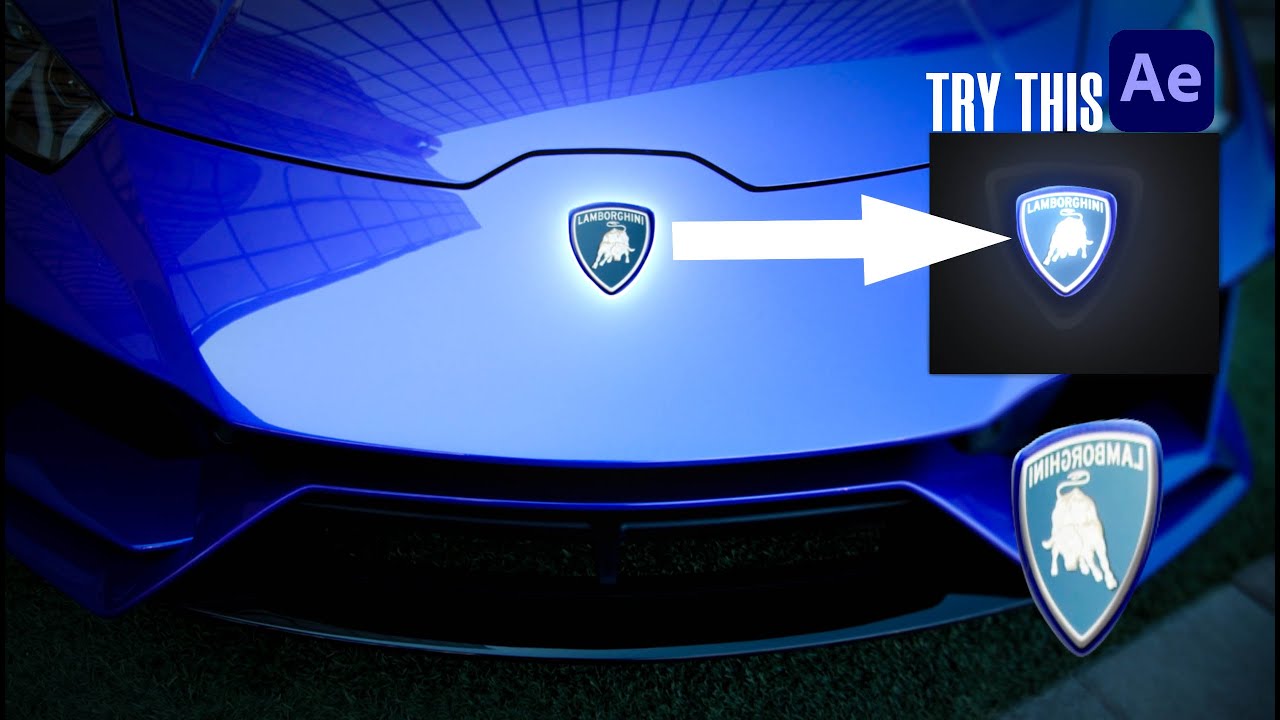How to make Trending UI Animations in After Effects
Summary
TLDRThis tutorial teaches how to create a dynamic UI animation in Adobe After Effects, covering techniques such as keyframe animation, shape morphing, 3D layers, and camera movements. The video guides viewers through creating and animating shapes (circle, triangle) with bounce effects, motion blur, and turbulent displace for extra smoothness. The final result includes a polished animation with depth, realistic lighting effects like drop shadow and bevel alpha, and color adjustments for enhanced visual appeal. The tutorial is perfect for anyone looking to enhance their After Effects skills and create smooth, professional-quality animations.
Takeaways
- 😀 Use the Ellipse tool in Adobe After Effects to create a circle, holding Shift to keep it proportionate and renaming it for clarity.
- 😀 Apply expressions to the scale property of the circle layer to create dynamic animations and control timing effectively.
- 😀 Adjust the star tool to create a triangle shape, then convert it to a Bezier path to modify its points for custom adjustments.
- 😀 Use the 'Navigator' and 'Controller' layers to organize the composition and apply smooth keyframe animations to move objects.
- 😀 Utilize the Graph Editor to refine the timing of animations, ensuring smooth, natural transitions between keyframes.
- 😀 Create a camera layer and control its position with a Null object, allowing for smooth zoom and camera movements.
- 😀 Add effects like 'Turbulent Displace' to create wavy distortions, fine-tuning displacement settings to achieve the desired visual effect.
- 😀 Use a drop shadow effect to separate elements, creating depth and ensuring objects are visually distinct against the background.
- 😀 Pre-compose layers for better organization, and apply motion blur for a more realistic and polished look.
- 😀 Add a background with a gradient fill, adjusting its position and rotation to enhance the overall composition's depth and visual interest.
Q & A
What is the first step in creating the UI animation in After Effects?
-The first step is setting up the composition with the resolution of 1920 x 1080, selecting a horizontal layout, and pressing 'OK' to create the comp.
How do you create a circle shape in After Effects?
-To create a circle, you use the Ellipse tool, hold down the 'Shift' key to make a perfect circle, and then recenter it in the composition. Don’t forget to rename the layer to 'circle' and ensure the color is set to white.
What is the purpose of the 'alt + click' on the stopwatch when revealing the scale property?
-By holding 'alt' and clicking the stopwatch next to the scale property, you are enabling expressions in After Effects. This allows you to paste a custom expression that controls the scaling behavior of the circle.
Why do you use the star tool and how do you adjust its points for the navigator?
-The star tool is used to create a triangle shape. After creating the shape, you adjust its points by setting the star’s points to 3, turning the shape into a triangle, and then adjusting the rotation and position accordingly.
How is the movement of the navigator controlled?
-The navigator’s movement is controlled by keyframing the position property. This involves selecting the layer, pressing 'P' to bring up the position property, and moving the shape layer over time to simulate movement.
What is the function of the 'controller' null object in the animation?
-The 'controller' null object is used to parent the bottom layers (such as the circle and navigator) so that they can move together as one unit. By keyframing the position of the null object, you can animate the entire group of layers simultaneously.
How is the motion of the animation smoothed out in After Effects?
-To smooth out the motion, you use the 'Easy Ease' function on keyframes. This makes the animation accelerate and decelerate smoothly, creating a more natural, flowing movement. You can further refine it using the Graph Editor to adjust the speed curves.
Why is the 'turbulent displays' effect applied to the wave shape?
-The 'turbulent displays' effect is applied to the wave shape to create a wavy, organic motion. By adjusting the displacement and twist properties, the wave achieves the desired fluid motion effect.
What is the purpose of adding a background and adjusting its timing?
-The background is added to create depth in the composition. By animating its position and applying motion blur, it gives a dynamic feel to the scene. Adjusting its timing ensures it moves in sync with the other elements and creates a seamless flow.
How do you create a morphing effect from a rectangle to a circle?
-To morph a rectangle into a circle, you first create the shapes and apply keyframes to both the path of the rectangle and the shape properties. Then, by adjusting the keyframes and using expressions, the shape transitions smoothly from a rectangle into a circle.
Outlines

This section is available to paid users only. Please upgrade to access this part.
Upgrade NowMindmap

This section is available to paid users only. Please upgrade to access this part.
Upgrade NowKeywords

This section is available to paid users only. Please upgrade to access this part.
Upgrade NowHighlights

This section is available to paid users only. Please upgrade to access this part.
Upgrade NowTranscripts

This section is available to paid users only. Please upgrade to access this part.
Upgrade NowBrowse More Related Video

How to KEYFRAME in Adobe After Effects (Tutorial)

Advanced Animation Breakdown + Grid Animation | After Effects Tutorial | Motion Circles

Transform Your 2D Logo into 3D in After Effects with Max Novak | Adobe Substance 3D

Car Logo Flip Animation Tutorial in After Effects in Hindi

Unlock the power of Keyframes in After Effects \\ AE Tutorial

Tutorial Lengkap Belajar Dasar Adobe After Effects untuk Pemula - Skill Basic
5.0 / 5 (0 votes)